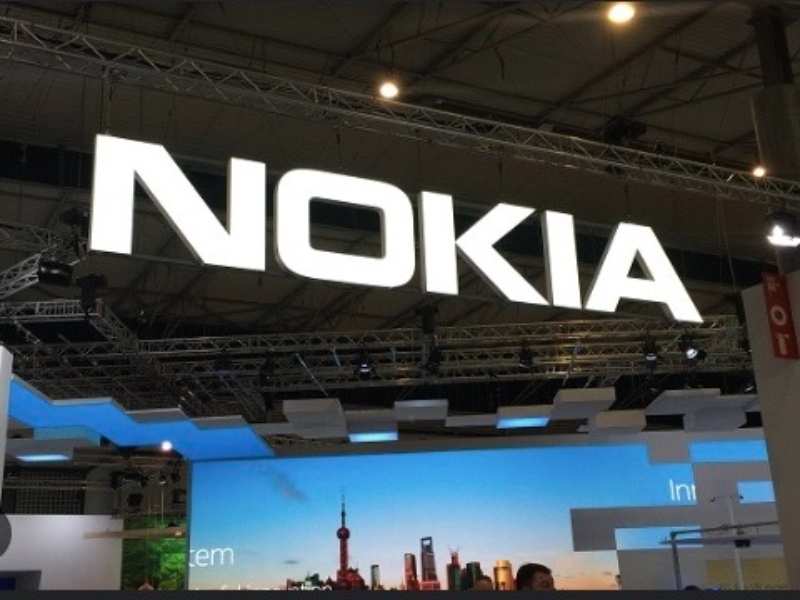- Nokia faces significant challenges in the 5G market, struggling against competitors like Ericsson and Huawei.
- The company reports a slowdown in sales and a decline in market share, raising concerns about its future.
What happened: Nokia struggles in the competitive 5G landscape
Nokia is currently facing significant challenges in the 5G market, as it struggles to keep pace with competitors like Ericsson and Huawei. The company reported a slowdown in sales and a decline in its market share, prompting concerns about its future in the rapidly evolving telecommunications landscape.
Despite efforts to innovate, Nokia‘s 5G rollout has not met expectations, leading to criticisms from industry analysts. The company is also grappling with increased competition, particularly from those who have successfully captured key contracts and partnerships. This situation has raised alarms about Nokia’s ability to remain a leader in the telecom sector as the demand for 5G technology continues to grow.
Also Read: Nokia expands Airtel 5G SA partnership
Also Read: Nokia to upgrade Vodafone Idea’s network
Why it’s important
The challenges faced by Nokia highlight critical issues within the telecommunications industry, especially as 5G technology becomes increasingly vital for various sectors. As businesses and consumers rely on faster, more reliable connections, the ability of major players to innovate and deliver becomes paramount. Nokia’s struggle underscores the importance of competitive agility; companies must adapt quickly to maintain relevance.
The implications of Nokia’s performance extend beyond corporate interests; they affect consumers eager for advancements in mobile technology, smart cities, and IoT applications. Furthermore, the broader context includes the geopolitical landscape, where companies like Huawei and Ericsson are gaining ground amid global trade tensions.
As Nokia navigates these turbulent waters, its strategies and outcomes will significantly influence market dynamics, shaping the future of connectivity for millions around the globe. Understanding these developments is crucial for anyone invested in the future of technology and telecommunications.

